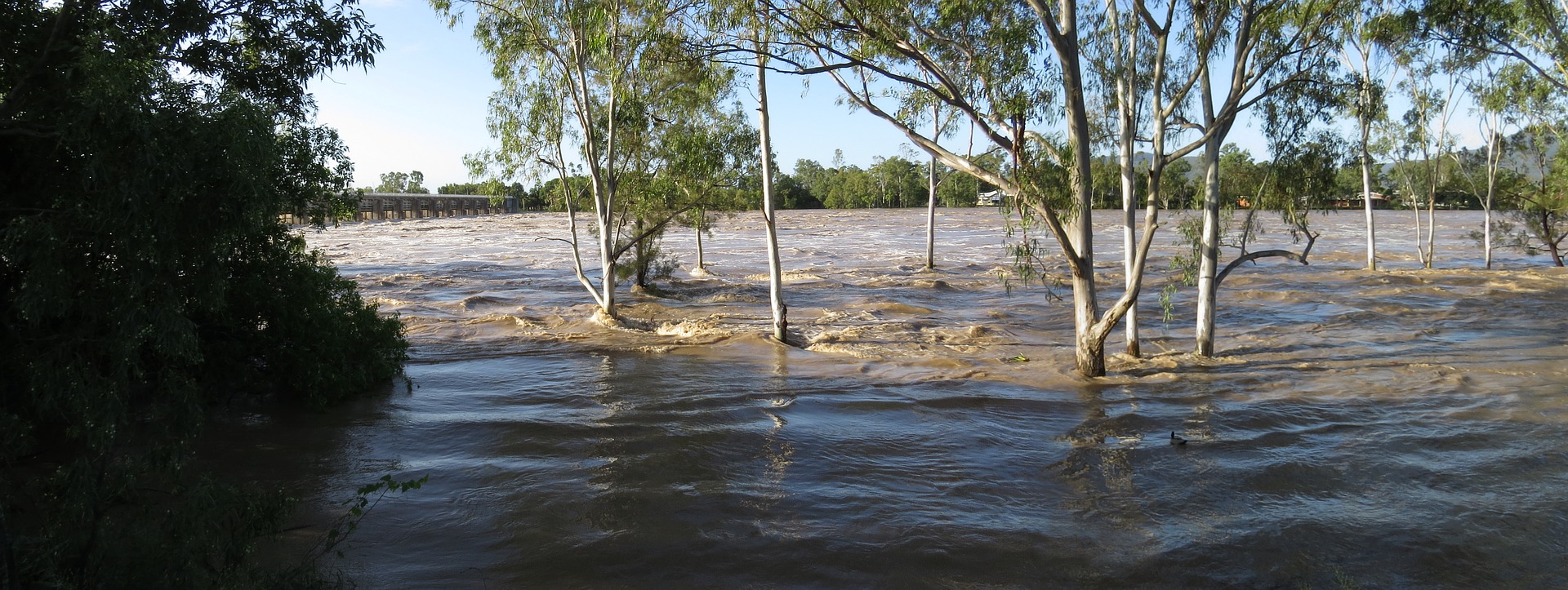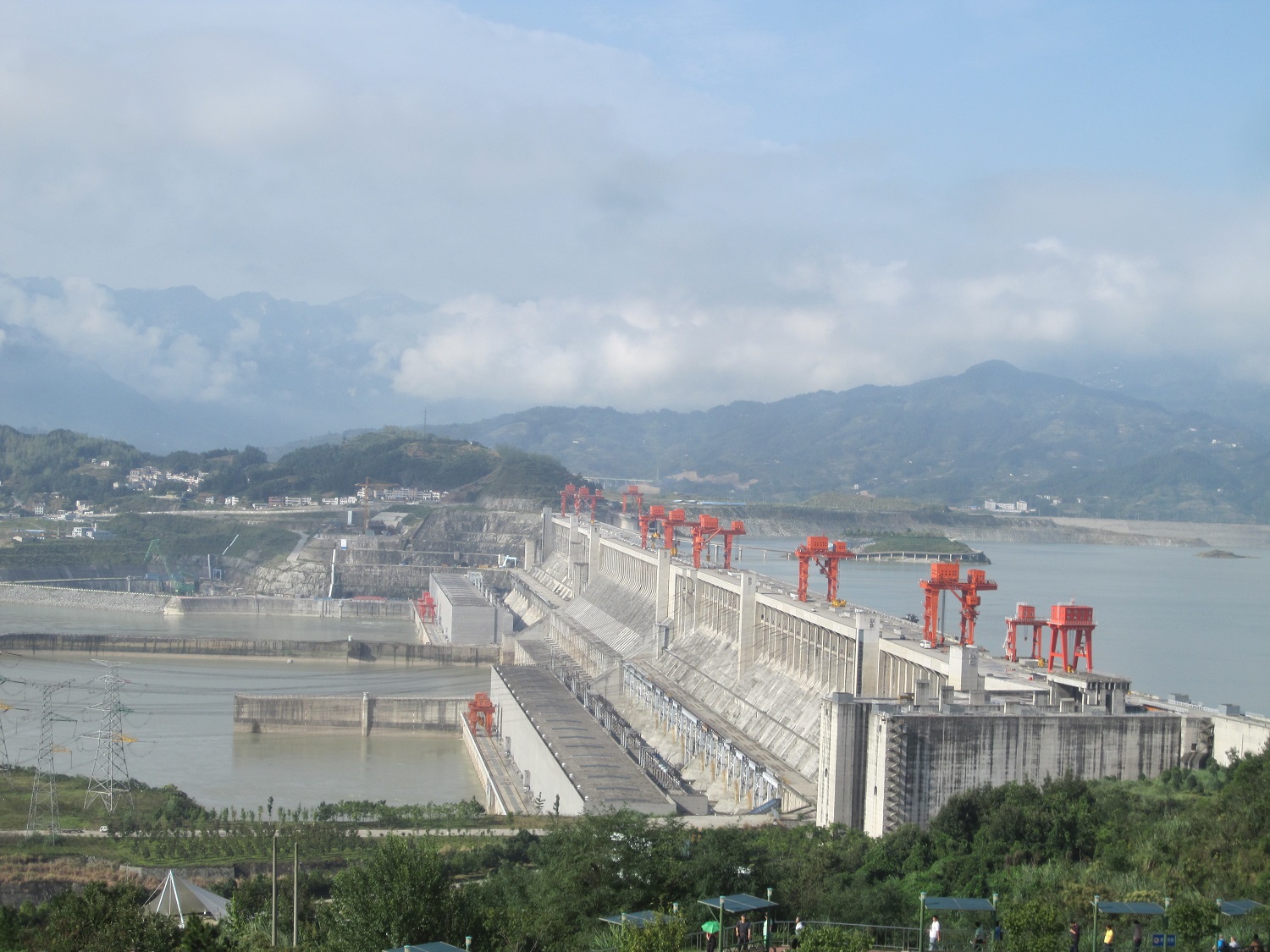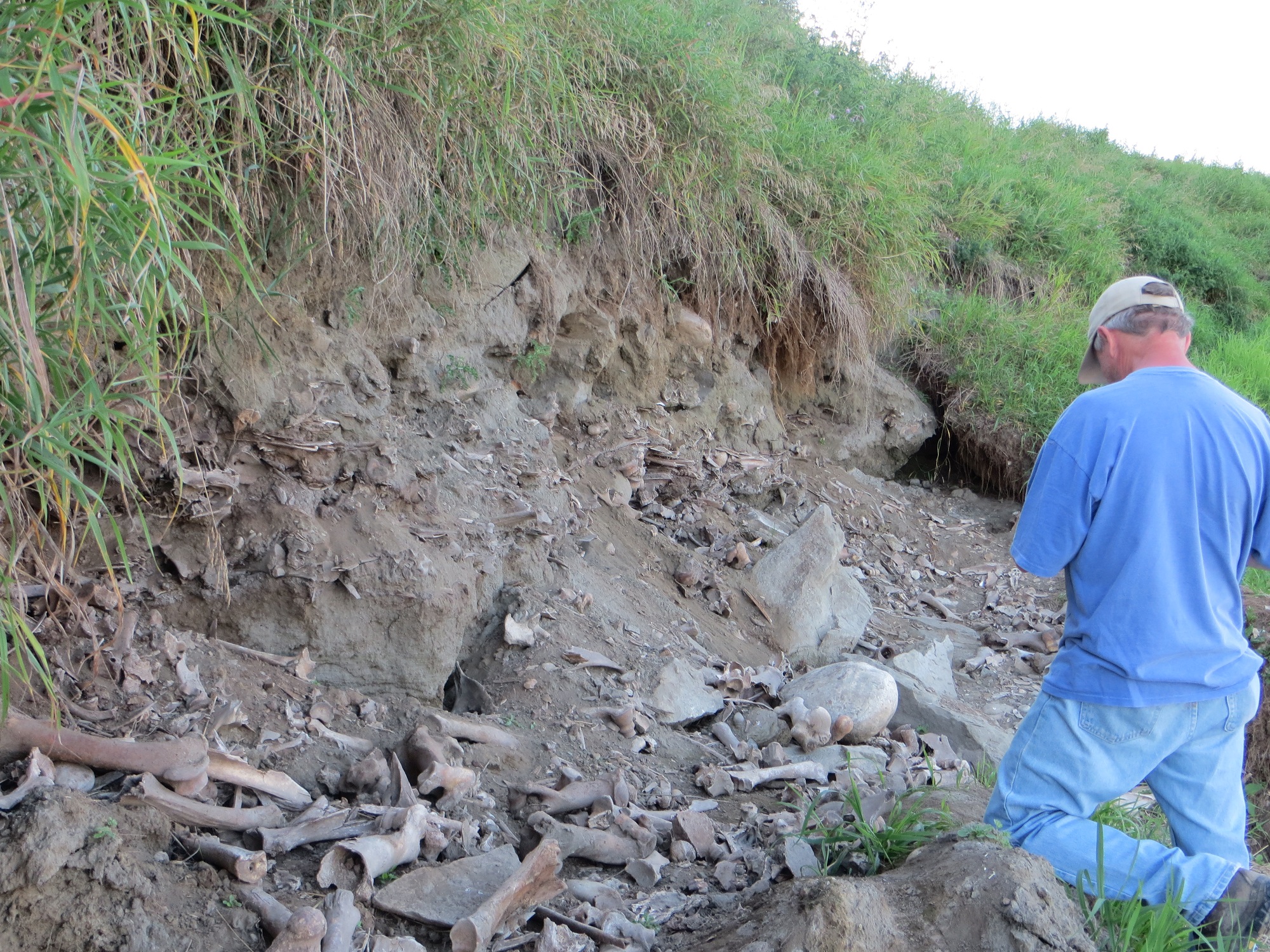The Lost and Found of Material Heritage through Flooding

Last month we documented the impact fires can have on documentary and material heritage. This month we discuss the impacts and opportunities that flooding generates.
Although we didn’t feature it last month, focusing instead on destructive outcomes, fire can also lead to positive heritage outcomes, one example being the work of the Skeetchestn community and archaeologist Joanne Hammond after this year’s forest fires in British Columbia. This “post-fire” survey is an innovative approach to archaeology that replicates recent post-flood surveys in other parts of the country. However, like fire, flooding also threatens collections of heritage materials.
Natural Disasters to Plumbing and Drainage Failures to Intentional Large-scale Floods
In addition the widespread effects of watercourse flooding cycles and the effects of hurricanes and earthquakes, flooding can be localized, caused by drainage issues during rain storms or snow melts. Broken plumbing or water mains are also perennial problems for museums and archives. So much so that guides such as this one from the Chicora Foundation have been complied to help museums deal with the fallout.

While ongoing monitoring and maintenance can mitigate the day-to-day risks of plumbing and drainage failures, the effects of violent storms, natural disasters and changing flooding cycles are much more difficult to avoid.
Notable examples include:
- Corning Museum of Glass (1972)
- Archives of Ontario (1997)
- Yorkshire (2007)
- Kentucky Derby Museum (2009)
- The Louvre and The Orsay (2016)
- The Louvre (2017)
- Houston (2017)
- The Louvre (2018)
The Corning Museum of Glass documentary is particularly poignant:
The recent annual flooding threats to The Louvre are contextualized by the preparations undertaken prior to 2015 highlighted in this video:
Of course not all flooding affecting heritage is unintentional. In the mid-twentieth century, hydroelectric dam projects in British Columbia created reservoirs submerging many archaeological sites which were surveyed before and/or after inundation. The contemporary Site C project in northeastern BC will also affect hundreds of Indigenous heritage sites. Entire villages and towns have been swallowed up in this manner, occasionally reemerging during droughts.

A significant, if underfunded, salvage operation was also undertaken prior to the completion of the Three Gorges Dam in China. Over 1,000 archaeologists, investigated over 1,000 archaeological sites, some dating back as early as 2 million years ago (Source).
Material heritage collections can also be as much at risk to foreseeable floods, impacts resulting from neglect and improper storage
The Flood Risk to Ontario’s Archaeological Collections
Most provincial and territorial jurisdictions in Canada have a formalized archaeological repository process. Artifacts collected during academic and commercial work are required to be deposited in centralized or designated repositories facilitating their long-term protection and future accessibility. Examples of these repositories include the Royal British Columbia Museum and the Secwepemc Museum in British Columbia and the Prince of Wales Northern Heritage Centre in the Northwest Territories. Ontario, by contrast, lacks such artifact storage capacities and repository requirements. Conventional practice has resulted in hundreds of thousands of artifacts being stored in the basements, sheds and storage units of the archaeologists responsible under their professional licenses for the artifacts’ care. The lack of centralized care and dedicated staff led to the destruction of artifacts (approximately 433,000), field notes and other books and papers in 2003 when the University of Toronto Scarborough consigned 289 boxes of Ontario Archaeological Society collections to the city dump. In 2006, the OAS office’s basement flooded resulting in the loss of reports, records, Edukits, and the original manuscript for the much loved and sought after Green Bible.
Heritage Created and Uncovered by Flooding
Despite the damage flooding causes established material heritage collections, individual flooding events can themselves be subjects of commemoration. This summer, the public caught an early glimpse of a Hurricane Katrina Museum consisting of a pre-Flooded Home:
There's also the Watersnoodmuseum which commemorates the disastrous 1953 flooding of the Netherlands.
Flooding not only becomes the subject of museums it can also result in the uncovering of archaeological sites through the erosion of river banks and floodplains. Although sites are damaged in the process, flooding reveals large swathes of previously hidden stratigraphy for efficient and arguably necessary archaeological survey before further erosion threatens the entirety of these sites.
After the extensive river flooding in southern Alberta in 2013, the provincial government established the Southern Alberta Flood Investigation Program. The program contracted seven historic resource consulting firms, surveyed 485 km of flood-impacted creeks and rivers and examined 243 archaeological sites (Source).

Climate Change and Permanent Inundation
One of the most serious and widest scale risks to both archaeological sites and heritage collections is the projected impact of rising sea levels and increasingly violent storms caused by climate change. The Houston example above was the result of Hurricane Harvey, a system which dropped a record-setting amount of water (51.88 in. or 131.7 cm). If climate change does result in “higher rainfall rates” from hurricanes and tropical storms then we can expect more Harveys in the future.
In the southeastern U.S. alone, it is estimated that over 13,000 archaeological sites would be flooded by rising sea levels (Source). Beyond the risk of increased flooding and inundation, existing collections will also come under significant preservation stresses due to changing climates and inadequate environmental controls. Combined with coastal erosion impacts resulting from the loss of permafrost in the Arctic and it’s no wonder climate change is an increasingly important subject at the Canadian Archaeological Association’s annual meeting (CAA 2015; CAA 2016; CAA 2018 – see also SAA 2014).
Increasingly, heritage sites and collections on a global scale are at risk of damage due to changing weather patterns and sea levels. This is a scale beyond any previously encountered. As impactful as the specific examples listed above have been, they would be a drop in the bucket relative to current climate science predictions.

Excellent article!!